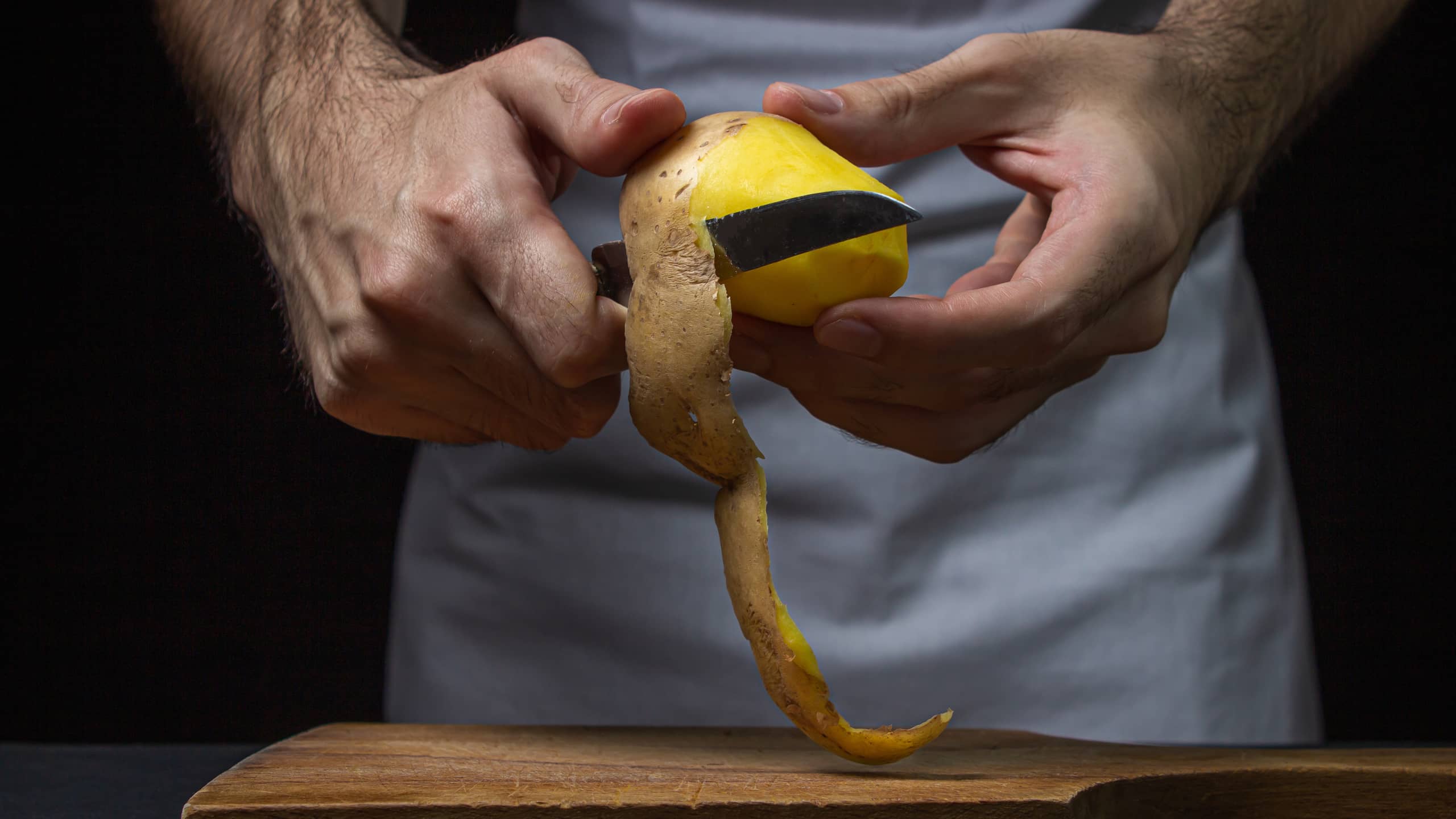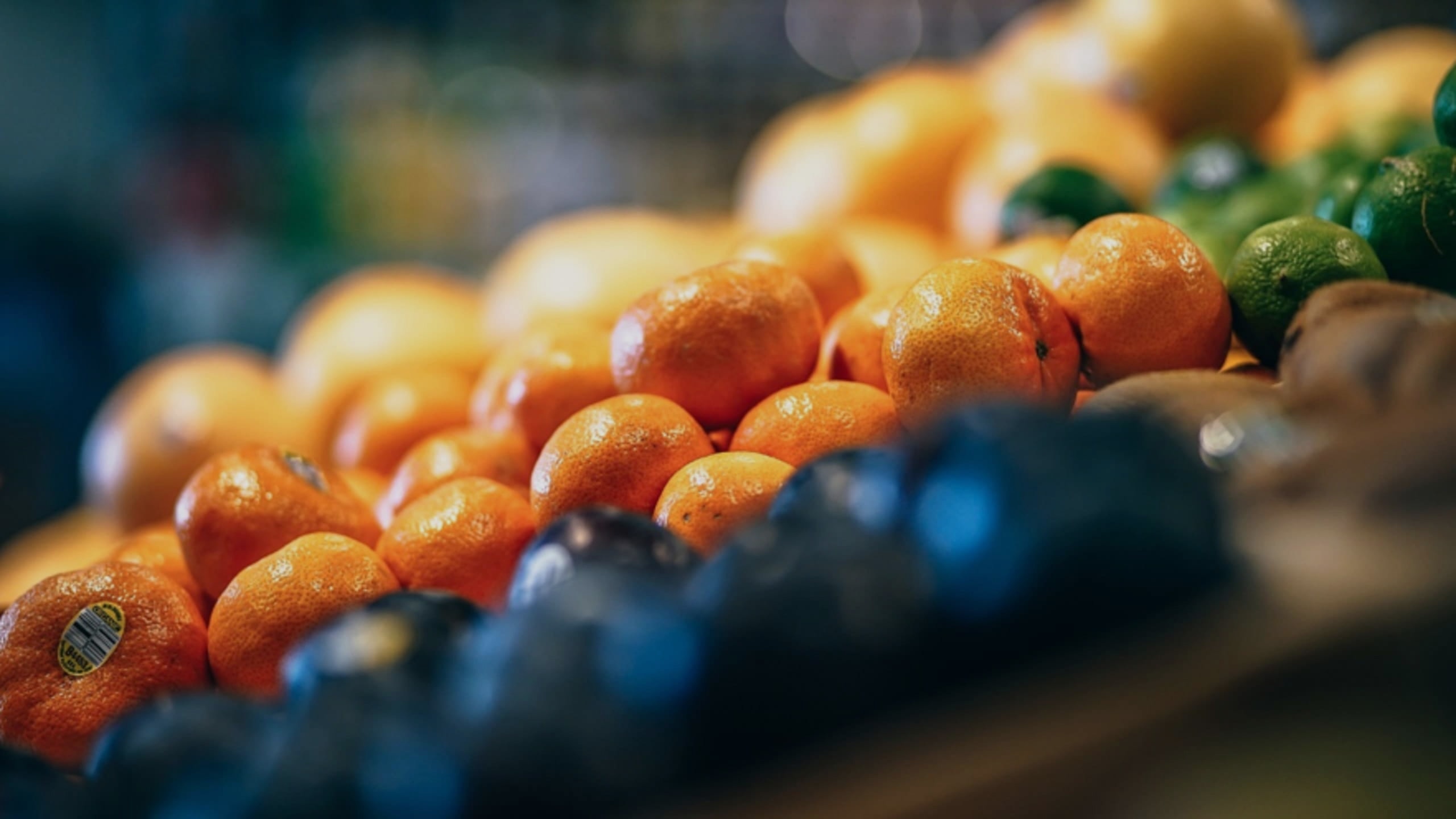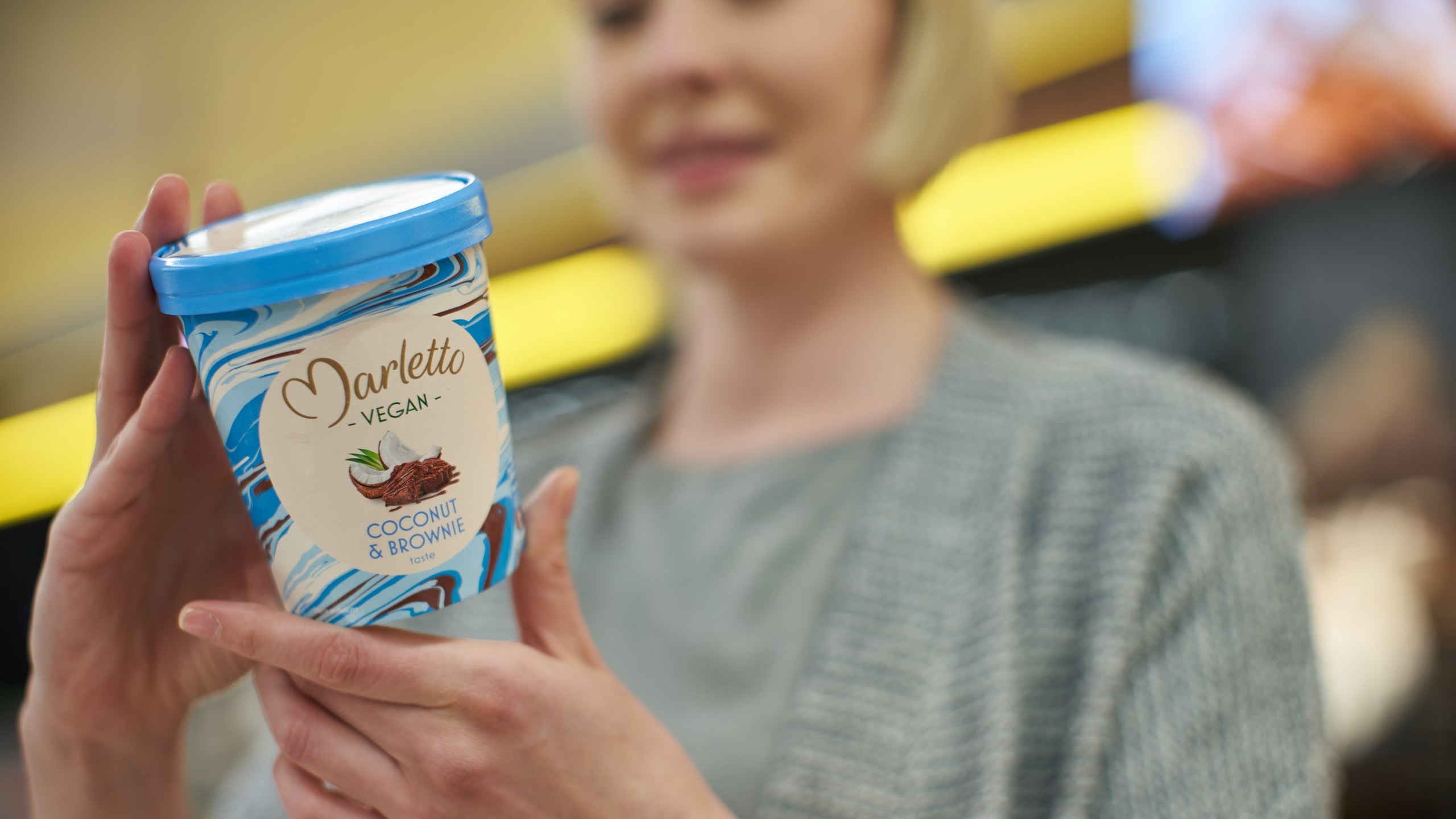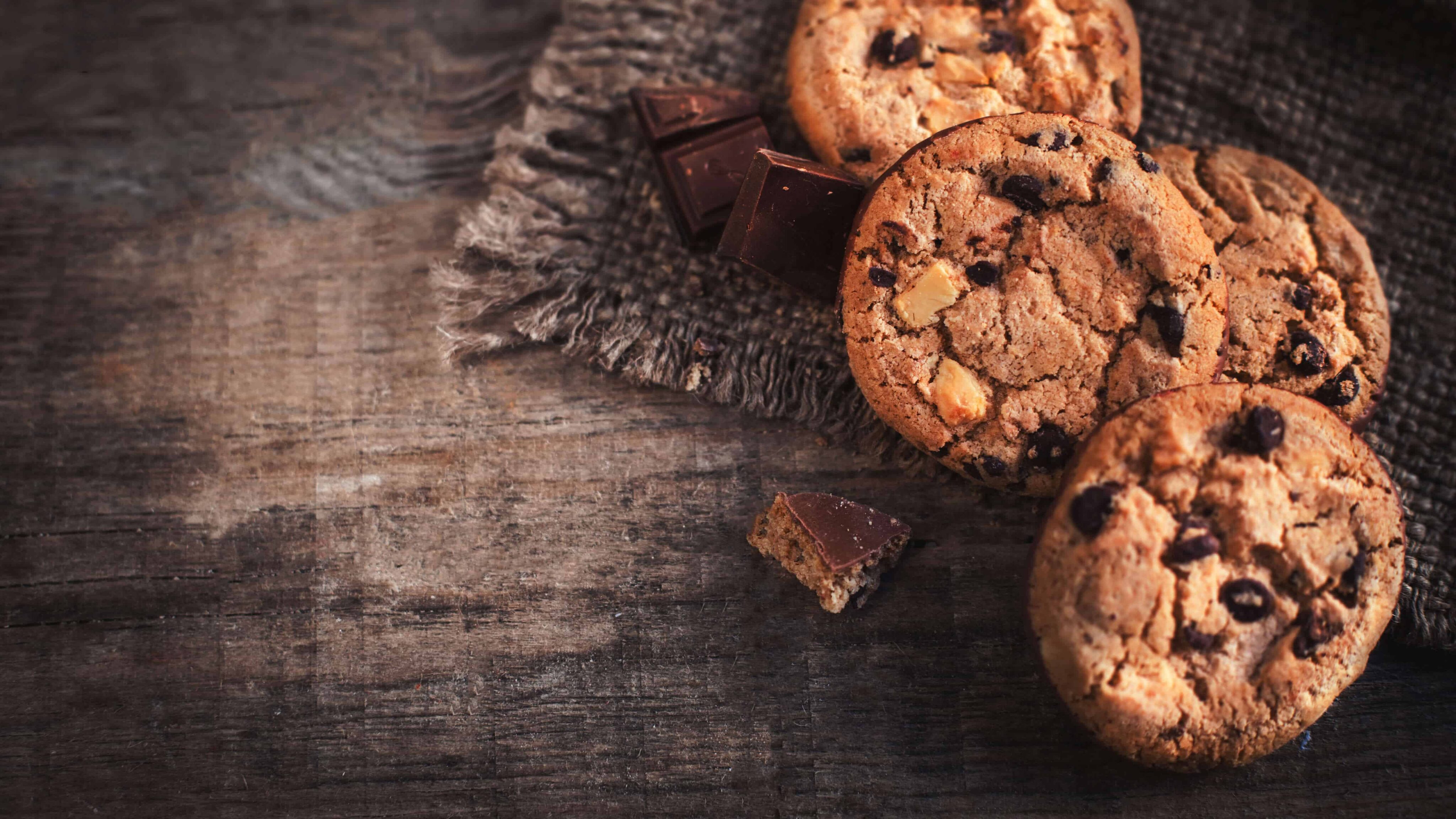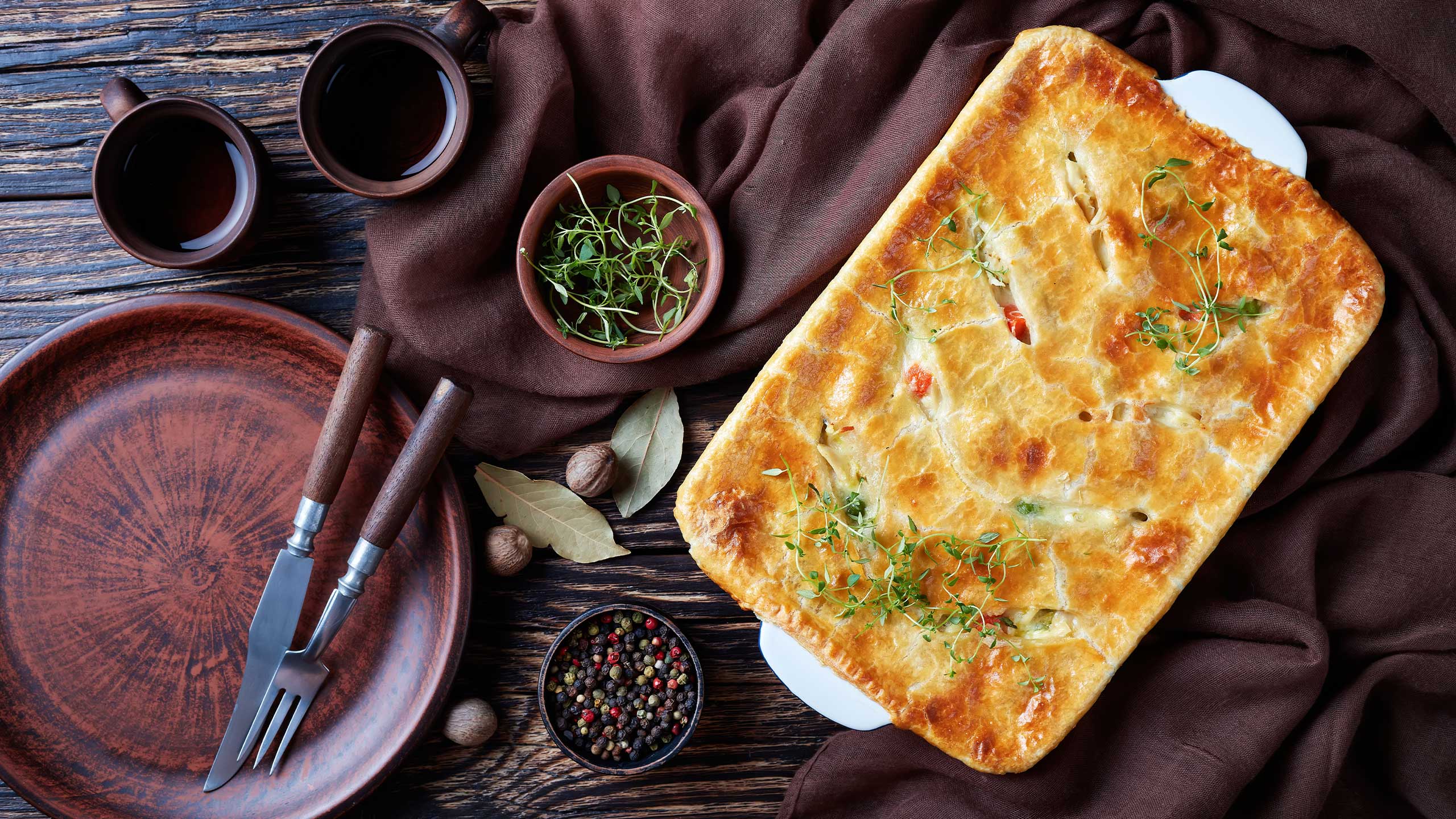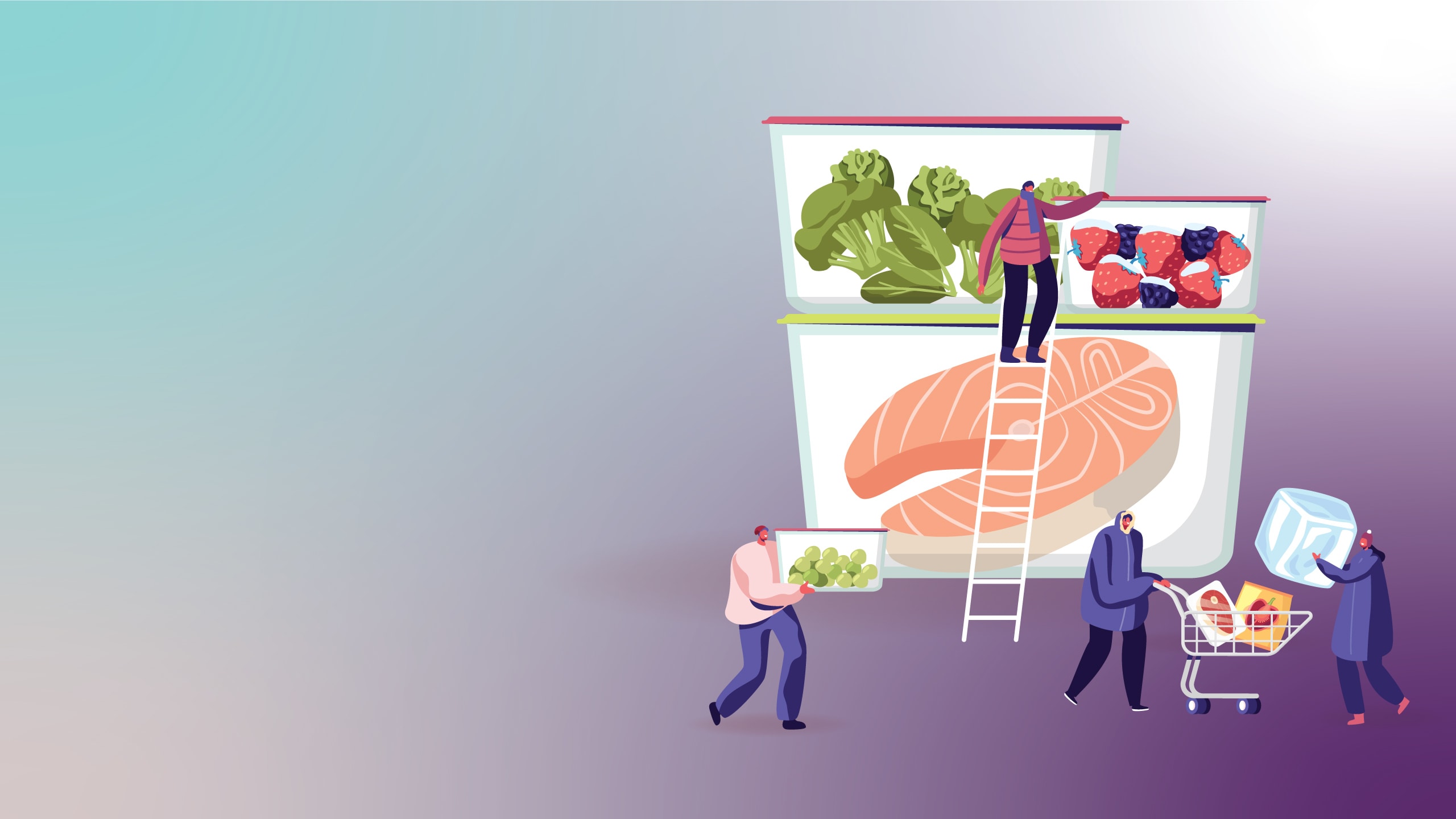Can you keep the bin (almost) empty?
Zero waste may seem like a herculean task, but it is possible. With a little creativity, it is possible to not only keep the bin practically empty, but also the stomach full of healthy recipes.When shopping, the main thing is to plan: make lists, choose recipes for the week, avoid buying what you don’t need, and prefer products with recyclable or more environmentally friendly packaging. In the pantry, the most important thing is to organise the food well, and to keep it correctly, so that it does not spoil so quickly. In the kitchen, fighting food waste requires creativity and imagination.
Reusing leftovers is just one of many ways to combat waste at home. But there are leftovers that can be used, even when they seem useless: those that are considered waste. We are talking about shavings, peels, small pieces of vegetables, meat or fish, which can enrich a good homemade broth with nutrients and flavour. From the most common to the most unusual, here are some recipes to fight waste and make peels the main characters of this story.
What do you do with vegetable peels?
There are delicious and healthy recipes that ask for ingredients usually considered “rubbish”. In this case, the fruits and vegetables’ peels that are usually discarded, but that may even become the main ingredients.
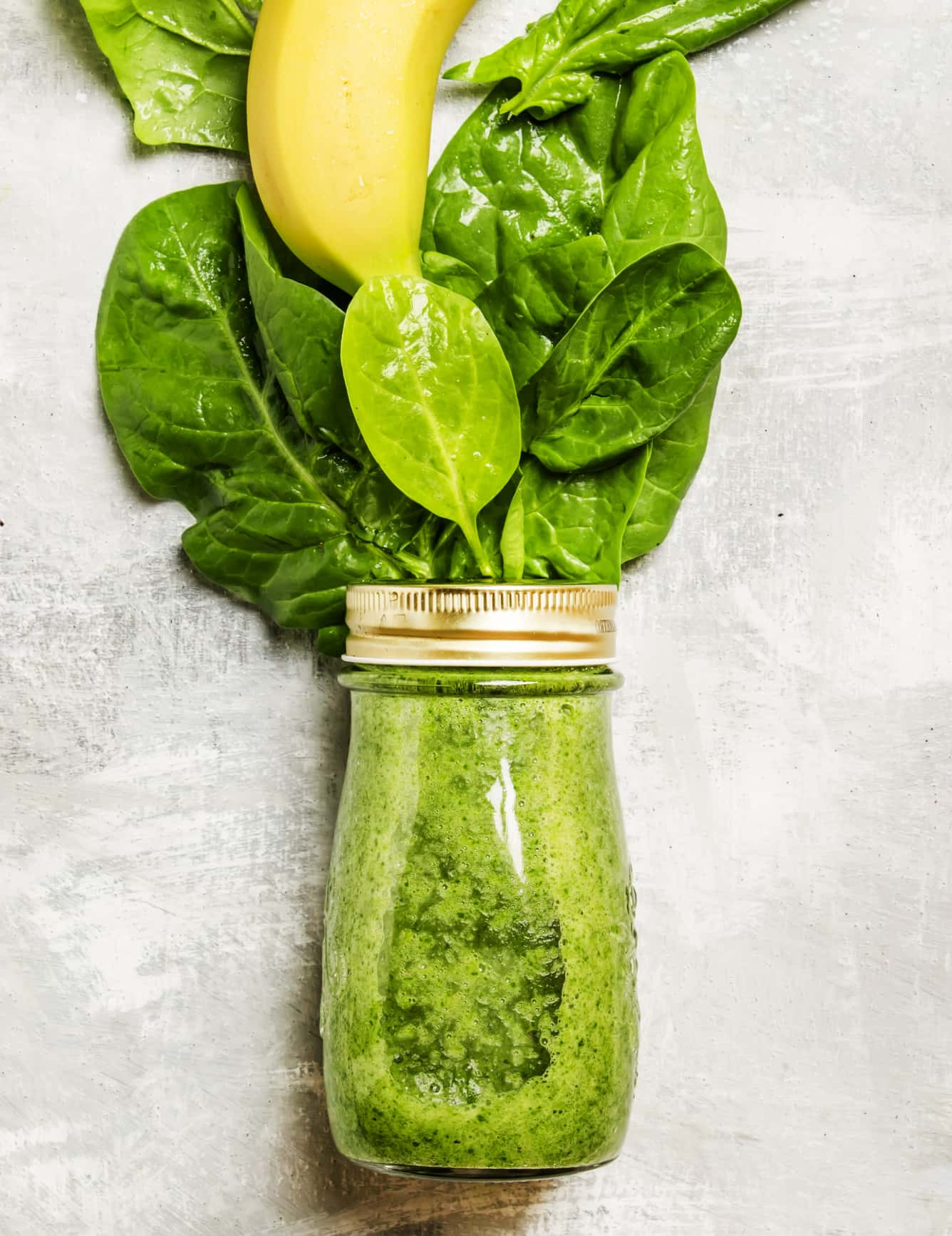
Banana peel and spinach smoothie
Ingredients:
- 1 large banana peel
- 400 ml vegetable drink
- 1 tsp honey
- 30 g spinach
- Cinnamon powder to taste
- 1 tbsp desiccated coconut
Preparation:
- Wash the banana peel well; cut off and discard the tops;
- Cut the remaining banana peel into pieces and put these in the blender cup;
- Add the vegetable drink, honey, spinach and cinnamon and blend until you get a thick juice;
- Sprinkle with the coconut and serve.

Potato or sweet potato peels chips
Ingredients:
- Peels of 4 large potatoes (or sweet potatoes)
- 1 tbsp olive oil
- 1 tsp salt
- Pepper to taste
- Dried oregano to taste
- Oil for frying
Preparation:
- Place the peels in a bowl, rinse them twice with water and dry very well;
- Put the peels back in a bowl, add the olive oil, salt, pepper and oregano and mix very well;
- Fry in a fryer or frying pan with hot oil until they are to taste crispiness-wise. If you prefer, place them on an oven tray and bake at 170 °C for 25 minutes (the time may vary depending on the oven).

What about eggshells?
Eggshells are compostable. And chickens love to eat them to get some calcium back.
But you can use them as well in your home garden. They are great to germinate plants. On the other hand, slugs and snails are not fans of eggshells, so, when crushed, they can be used as repellent. But there is more: crushed eggshells keep slugs and snails away from your vegetable garden and enrich the soil that absorbs calcium and other nutrients from them. Your vegetables will be happier.
To help people reduce food waste, Pingo Doce has published the cookbook “Zero Waste”, which also has tips and ideas to reduce waste at home, from shopping to the kitchen. Learn how to use leek leaves, what to do with pumpkin peels, how to gourmetise leftover mashed potatoes, and how to spare the environment and your wallet.
